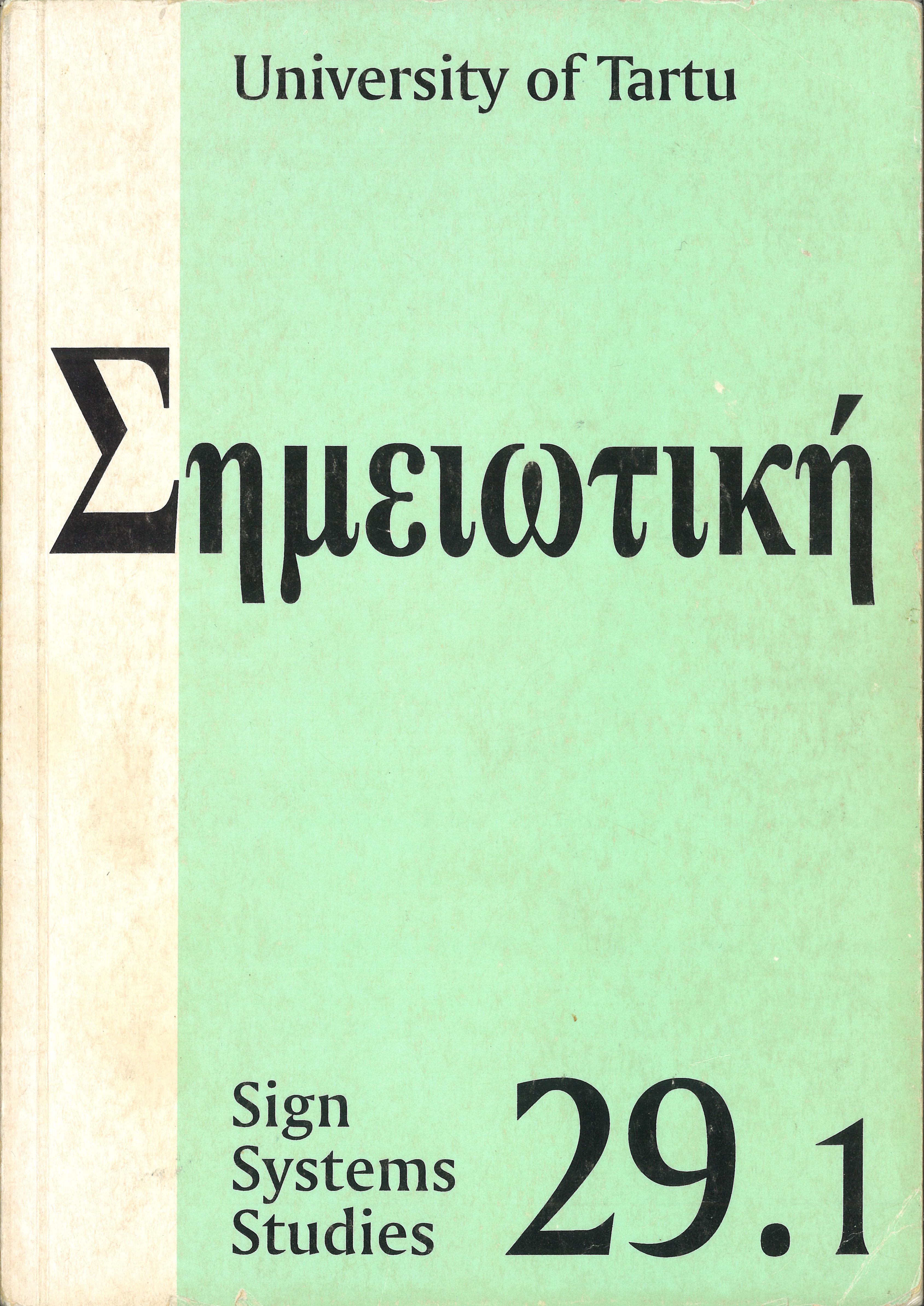Biosemiotics and the problem of intrinsic value of nature
DOI:
https://doi.org/10.12697/SSS.2001.29.1.22Abstract
This article poses the hypothesis that the problem of the intrinsic value of nature that stems from the work of G. E. Moore and is widely discussed in environmental philosophy, bas a parallel in a contemporary discussion in semiotics on the existence of semiosis in nature. From a semiotic point of view. value can be defined as an intentional dimension of sign. This is concordant with a biological interpretation of value that relates to biological needs. Thus. a semiotic approach in biology may provide a useful tool for further analysis of the intrinsic value problem in the biological realm. From an ecosemiotic point of view, the problem is also related to the concepts of bioart and ecoart. Ecoart viz environmental art is that which encompasses the human ambience, e.g., landscape or its components. Bioart call be defined as the art whose material ("clay") is a living body, living matter or communication of organisms (which may include, e.g., genetic engineering). It is concluded that the acceptance of biosemiotic view has implications for a large area of ecological philosophy.


